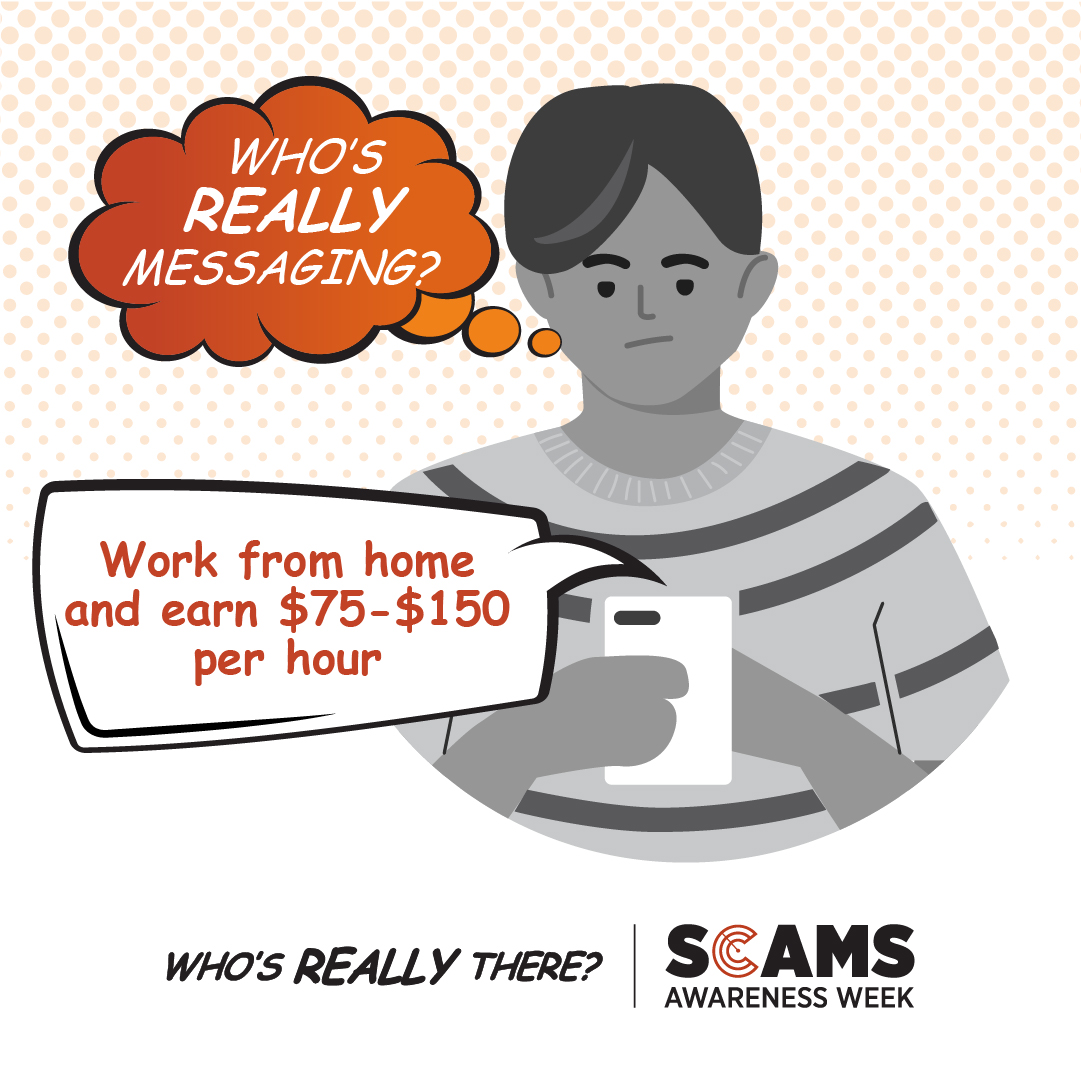
So far in Australia this year, more than 80,000 scam reports have been made with more than $90 million stolen.
The National Anti-Scam Centre reports that 80 per cent of all scams reported to Scamwatch include some form of impersonation - criminals pretending to be people we should trust.
According to the 2022 Targeting Scams Report from Scamwatch, the types of people and organisations that scammers will impersonate include banks (14,603 reports), a child of the victim (10,160 reports), and road toll companies (14,585 reports).
Other impersonations include local or international law enforcement and money recovery services.
 One third of all scams reported were text message scams, followed by phone calls (29 per cent), and emails (22 per cent). Only 13 per cent of victims report to Scamwatch and 30 per cent of victims do not report scams to anyone.
One third of all scams reported were text message scams, followed by phone calls (29 per cent), and emails (22 per cent). Only 13 per cent of victims report to Scamwatch and 30 per cent of victims do not report scams to anyone.
Scam reporting has gone down 16.5 per cent since 2021.
How can I identify an impersonation scam?
Signs of an impersonation scam can include:
· A sense of urgency (e.g. someone needing money right now).
· Threats of immediate consequences like arrest or deportation.
· ‘Too good to be true’ sales, deals or job opportunities.
· Needing to investigate/authorise a purchase you never made.
· Requests for personal information or documents.
· Requests for login details or credentials.
What can you do to protect yourself?
Prevent yourself from falling victim to an impersonation scam by remembering to:
· Stop – Do not give money or personal information to anyone if you’re unsure.
· Think – Ask yourself ‘could the message or call be fake?’.
· Protect – Act quickly if something feels wrong.
To find out more or to report a scam, visit Scamwatch.







